There are two “safety” positions on the defensive side of the ball in American football. Once in a while they have the same responsibilities, yet commonly they have specific jobs in the secondary defense. These positions incorporate a strong safety (SS) and a free safety (FS). Safeties will, in general, line up 10-15 yards from the line of scrimmage, and the responsibilities they have rely upon the calls made by the defensive coordinator.
Offense and Defense Positions
In American and Canadian football, the defensive group includes other positions (from left to right from the point of view of the offense) including the Cornerback, Outside Linebacker, End, Tackle, and Middle Linebacker, with the Tackle, End, Outside Linebacker, and Cornerback. The offense side of the ball is just as diverse as it has a Wide Receiver, Tackle, Guard, Center, Guard, Tackle, Tight End and Wide Receiver with a Quarterback, Fullback/Running Back, and Halfback/Running Back. This sort of development is called an “I (eye) Formation” for the offense and a 4-3 formation for the defensive side of the ball.
Strong Safety
The strong safety is typically more focused on the running game than the Free Safety. He’s a linebacker with the speed of a safety and needs to cover tight ends and wide receivers, yet in addition must be a strong force on a running play. The strong safety typically lines up on the strong side of the ball. Normally, these safeties remain near the line of scrimmage and are responsible for putting a stop to the run, in addition to guarding the tight end or wide receivers on passing plays.
Free Safety
The free safety is typically the last line of defense on the football field. He’s to a greater degree a pass-defender of safety valve for the defense, and his responsibility is to sit back, overview, and attack where required. Be that as it may, with the complexity of certain offenses, he will definitely be required to “fill” on running plays, as he’s frequently one of the unblocked defenders.
In addition to the position of a Safety, there is also another type of safety in the game of football that is equal to 2 points.
How a Safety Is Scored
A safety is scored in a couple of situations of the defensive side of the ball.. For example, a ball carrier can be tackled in his own end zone, or a foul can be committed by the offense in their own end zone. The ball can also become dead in the end zone, except in an incomplete forward pass, and the defending team is held responsible for it being there.
The primary job for safety, being on defense, is to keep the offense from scoring at all costs. The team works together as a whole to tackle offense members, intercept the ball, and make sure the offense doesn’t move the ball close enough to their goal so that a scoring opportunity isn’t easily available.
A scored safety can have a huge impact on games because of the momentum swings it can create during games. This will also vastly impact field positioning. Safeties are rarely scored, however it’s one of the biggest plays in football, and often wins games.
At The DB Lab, we have trained several elite free and strong safeties. If you would like to try one of our free online services, please sign up at the link below.
